By Matt Owens
What does agriculture sustainability mean to you? Simply put, you could say: Sustainability is the ability to produce higher yields with less effect to the environment.
Growing safe, wholesome food is more than science – it’s an art. Not to mention, it is an extremely complicated business.
Across the entire agriculture supply chain – from the farm gate to the dinner table – the challenge of meeting demand for a rapidly growing population, while conserving natural resources, has become increasingly complex.
With the world population estimated to reach 9 billion by 2050, the entire food chain must work together efficiently and responsibly to lay the groundwork for the future.
Creating a movement to increase the sustainability of grain farming is no longer a question of “if” or “when,” but a question of “how” and “how fast.” Consumer concerns are coming at a fast pace, and sustainability is playing a significant role in how food companies make decisions. The consumers buying their food from the grocery store shelves are demanding to know where their food came from, how it was produced, and how it has affected the environment.
Major food companies and retailers are making sustainability commitments to improve the environmental footprint of commodity grain crops like corn, canola, wheat, and soybeans. It has been made clear that how products are made matters. Food companies have an opportunity to meet this new demand for sustainability by improving performance across their grain sourcing areas in a way that reduces their risks and enhances brand reputation.
Recently, Walmart announced a new sustainability initiative requiring companies using commodity grains to develop fertilizer optimization plans. So far, 15 of Walmart’s major suppliers – who make up 30 percent of food and beverage sales in North America – have developed fertilizer optimization plans. But this is not all; major food companies like General Mills, Campbell Soup, Kellogg, Unilever, Murphy Brown, and others have made significant commitments of their own around sustainability of their agriculture supply chains. This goal is not to create a niche market of segregated sustainable grains but to incentivize and track improvements in aggregate across broad sourcing areas so that sustainability becomes the new norm.
Fertilizer pollution has been identified as a business risk and the major food companies are looking to reduce greenhouse gas emissions by, in part, turning to the farmers to reduce fertilizer losses from their cropping systems. Fertilizer use efficiency is seen as sloppy by industry standards and rightfully so; roughly 50 percent of the fertilizer applied isn’t used by the crop. Agriculture is responsible for nearly 15 percent of global greenhouse gas emissions in which more than one third of that is coming from nitrogen. On top of that, fertilizer is often the largest item on a farm’s annual budget and can add up to nearly 45 percent of the variable cost of producing a crop.
One way for growers to reduce fertilizer losses is to adopt the leading international standard for on-farm nutrient application. The 4R Nutrient Stewardship framework advocates for using the Right Fertilizer Source at the Right Rate, at the Right Time, and in the Right Place – focusing on how growers can apply fertilizer in the most efficient and responsible way.
4R Nutrient Stewardship (4R) works to increase production/profitability for farmers while enhancing environmental protection and improving sustainability. To achieve those goals, the 4Rs incorporate:
- The Right Source of fertilizers that are in (or are easily converted to) compounds best used by the target crop;
- The Right Rate of fertilizer is applied to match nutrient supply with crop requirements;
- The fertilizer is applied at the Right Time so that nutrients will be available when crop demand is high;
- Fertilizer is applied in the Right Place where the crop can access the nutrients most effectively.
The focus is on improving efficiency in ways that reduce nutrient loss in the soil yet still maintain or even improve yields. After all, farmers want the same thing. Reduced losses translate to increased profits and greater sustainability.
Although the future may not be completely clear, we know that change is inevitable. Consumer demand and mandated government regulations are beginning to require members of the food supply chain to make commitments and demonstrate their performance on agricultural sustainability.
As an industry we will have to understand that this is a need we not only have to meet but be ahead of. Programs like 4R provide much-needed support for producers to be able to be proactive in their ability to show the consumer where their food comes from.
We want to be at the forefront of helping farmers to meet these demands, improve efficiencies, save money, deliver higher margins, and promote environmental sustainability for agriculture. Our goal is to help our customers address the environmental impact of farming and meet the demand from grain buyers and food companies while staying ahead of government regulations that may be inevitable.

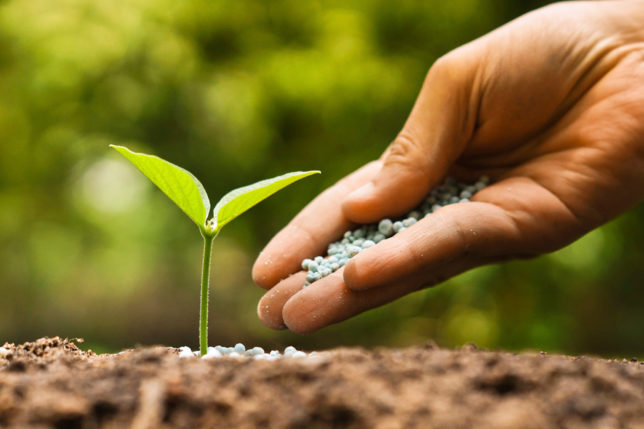

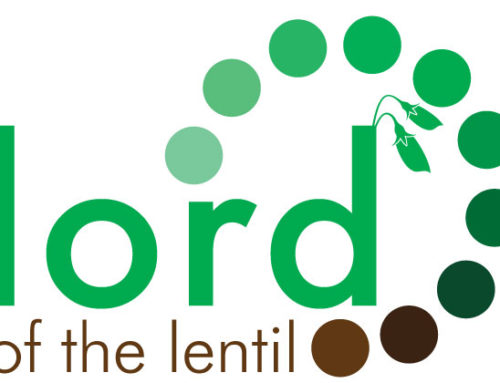
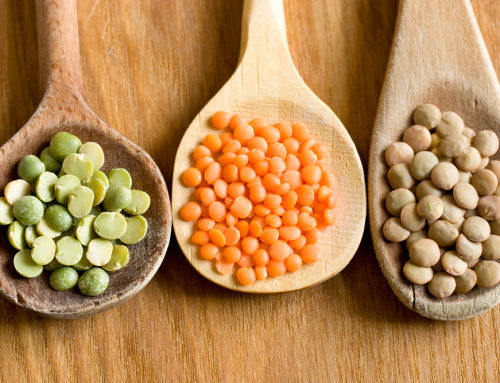
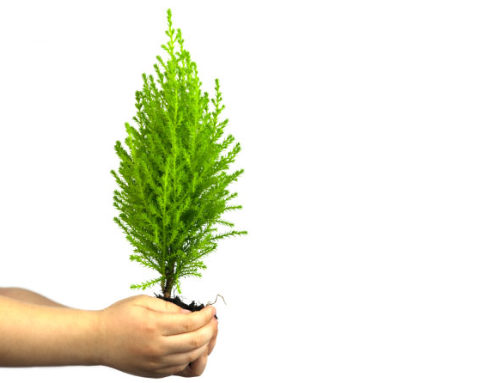
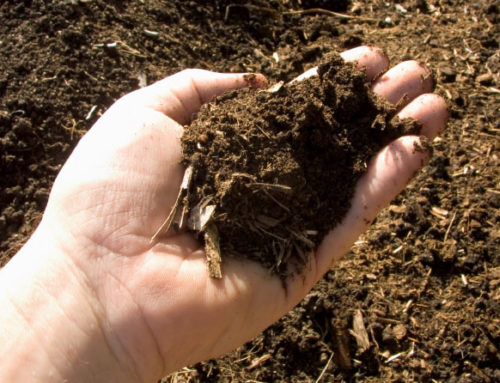
Leave A Comment